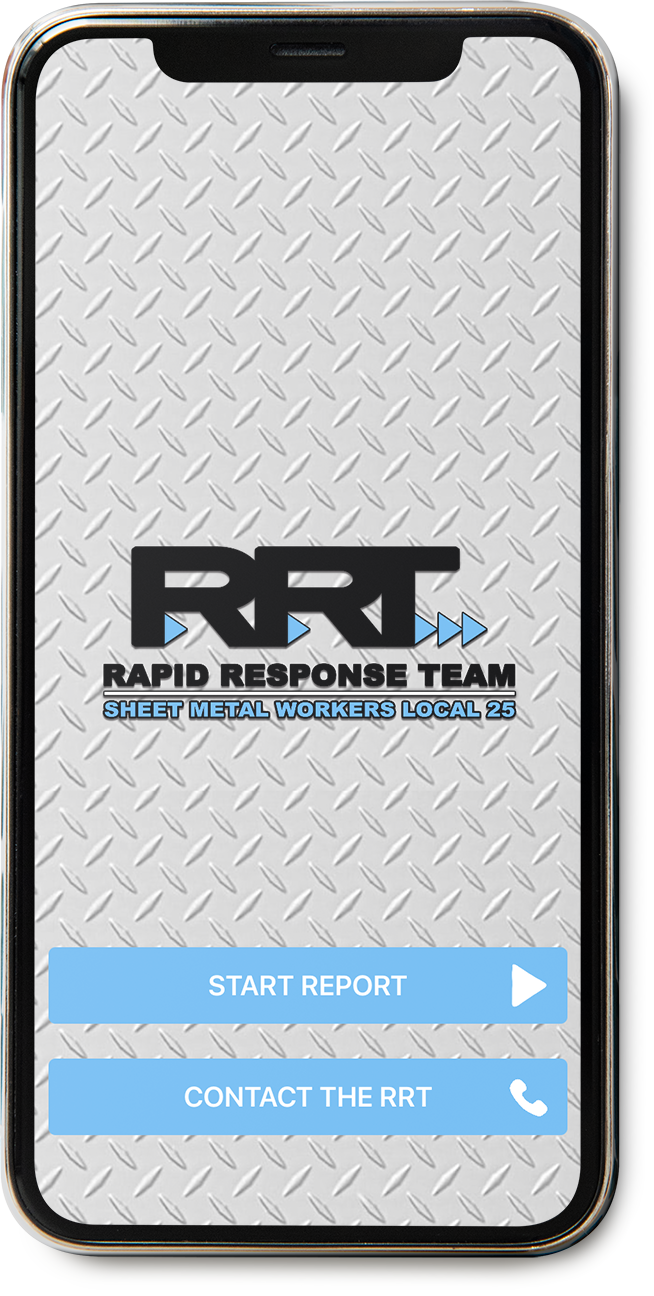Establishing liability in a workplace accident or other personal injury case is crucial as it determines who is responsible for the accident and, consequently, who should be held accountable for the injuries and damages suffered by the victim(s). Proving liability is essential to ensuring that the at-fault party takes responsibility for their actions, and it forms the basis for seeking compensation for the victim’s losses.
To establish liability in a workplace accident or personal injury case, several key steps can be taken. First, gathering evidence from the accident scene is essential. This may include photographs of the scene, property damage, and any hazardous conditions that contributed to the incident. Eyewitness testimonies and surveillance footage, if available, can also provide valuable insights into what happened.
Next, it is essential to preserve any physical evidence related to the accident. This may involve maintaining damaged property, preserving vehicle components, or securing equipment involved in a workplace accident. Physical evidence can serve as tangible proof of how the accident occurred and who may have been at fault.
Another crucial aspect of establishing liability is determining whether any parties involved acted negligently or recklessly. Negligence occurs when a person fails to exercise reasonable care, leading to harm to others. To prove negligence, it must be shown that the at-fault party had a duty of care to the victim, breached that duty, and caused the injuries as a result.
Witness statements and expert testimony can also play a significant role in establishing liability. Eyewitnesses who saw the accident happen can provide firsthand accounts of what occurred, while expert witnesses, such as accident reconstruction specialists or medical professionals, can offer objective analyses of the incident and its consequences.





